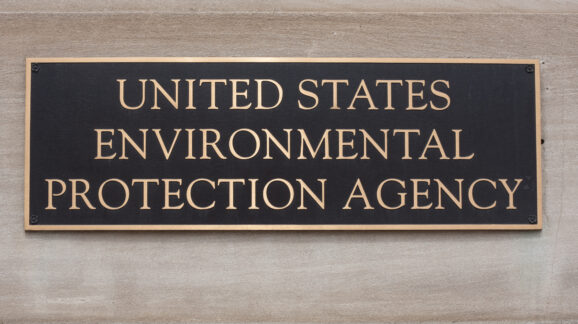EPA won’t rush ozone decision. Good. Now do the same for particulate matter.

Photo Credit: Getty
On Monday, the Environmental Protection Agency (EPA) put an end to the possibility that it would soon revise the existing ozone standards. This was a possibility because the agency was reconsidering the 2020 final rule retaining the standards.
The same reasons for this decision should also apply to the reconsideration and proposed revision of the existing particulate matter standards that the agency had decided to retain in 2020.
Under the Clean Air Act, every five years, the EPA is required to review and if appropriate revise the standards for criteria pollutants, which include ozone (this refers to ground-level ozone, not the ozone layer) and particulate matter (particle pollution).
In 2021, instead of following the five-year process, the EPA announced that it was going to reconsider the 2020 decisions to retain the ozone and particulate matter standards.
In both instances, the agency was taking premature action. The process to review these standards would already begin in a few years as the agency started its work for 2025.
In making the decision to not revise the ozone standards at this time, EPA Administrator Michael Regan wrote to the Clean Air Scientific Advisory Committee (CASAC):
I have decided that the best path forward is to initiate a new statutory review of the ozone NAAQS [National Ambient Air Quality Standards] and the underlying air quality criteria and to wrap the EPA’s reconsideration process of the 2020 ozone NAAQS decision into that review. This approach would facilitate additional work to address CASAC’s advice, as well as consideration of newer studies and updated analyses, in the context of a full and systematic review of the air quality criteria and standards, with the opportunities for CASAC advice and public engagement that such a process involves.
EPA Administrator Regan is right to make this decision, and his reasoning equally applies to the particulate matter standards. As he pointed out regarding ozone, following the statutory process will allow the agency to consider new studies and conduct a full review.
However, as of now, the EPA hasn’t made a comparable decision regarding particulate matter. In fact, in January, it proposed to revise the existing particulate matter standards based on its reconsideration of the 2020 decision to retain the standards. In a comment that my colleague Marlo Lewis and I submitted to the EPA regarding the proposed revision, we argued:
The EPA through its proposed PM [particulate matter] rule is simply re-reviewing the same science that was already available to the agency when it finalized the 2020 final rule…If the EPA simply waited as it should to review, and if appropriate, revise the PM standards, keeping with the five-year time period, then it could do so based on an ISA [Integrated Scientific Assessment] that includes a newer and more extensive assessment of the science.
Regan is rightfully concerned with having the best available science when it comes to developing the ozone standards. This same concern should apply to particulate matter.
Legislators should take note and prohibit the EPA from going forward with any new particulate matter standards based on its flawed and unnecessary reconsideration of the decision to retain the 2020 particulate matter standards.
As with ozone, policymakers should expect that the EPA will follow the five-year statutory review process that Congress created in the Clean Air Act and ensure that the best available science informs any decisions.